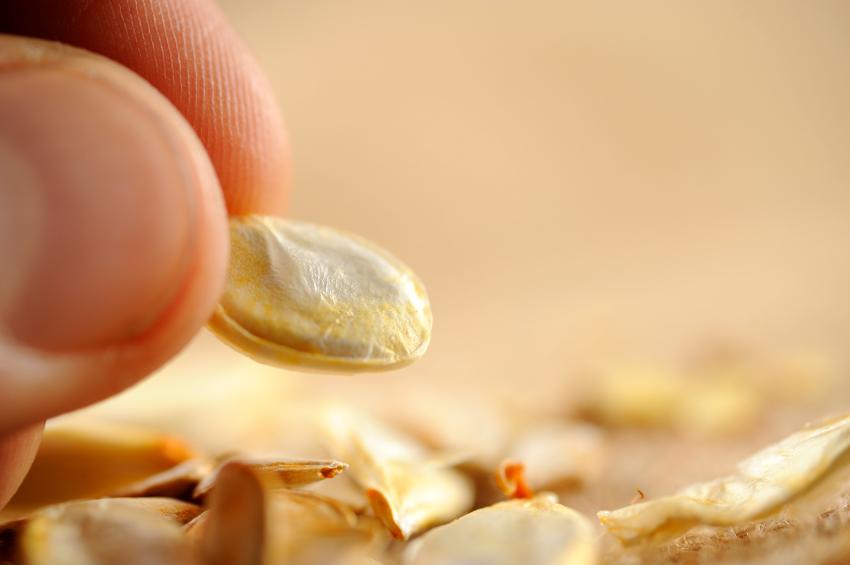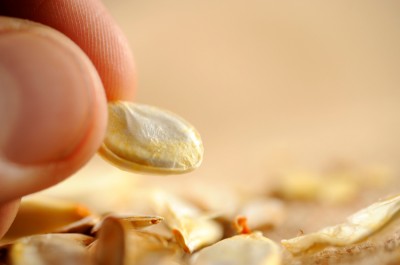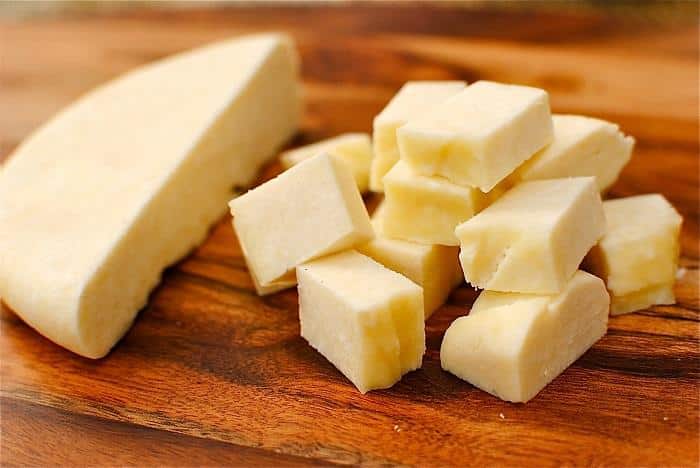Savor fresh onions, potatoes and other crops from the garden all winter long with the use of simple, time-honored storage techniques. The art of storing vegetables, roots, and seeds has kept whole communities fed and nourished for centuries, and can easily do the same for your family. Proper seed and vegetable storage is a little more involved than just sealing extra veggies in Ziploc bags and tossing them in the fridge, but it’s also much cheaper and more effective.
Types Of Storage
You don’t need to have your own root cellar to properly store your own food. In fact, there are several effective and easy ways to store roots and vegetables using only the extra space you already have around the home. Whether you use a makeshift storage area outside or an elaborate structure in your basement, you can be sure to extend your supply of fresh food by at least a couple months.
Underground
You can store your root vegetables directly in the ground in some climates by mulching heavily and protecting from moisture in order to keep the soil from freezing. The same garden bed that these vegetables grew in now serves as storage—how easy is that?
Another option is to bury a sturdy container, such as an old cooler or plastic barrel, directly into the ground. When surrounded inside with insulation such as straw or sawdust, vegetables store very well in these mini root cellars. Then it’s just a matter up picking them out whenever you need to cook with them.
Story continues below video
There are numerous other underground storage structures and techniques to choose from. Some are even effective for climates with very short or mild winters. This handout on vegetable storage from Colorado State University illustrates a few of these below-ground storage methods.
Root Cellar
Some homes are lucky enough to already have a root cellar. For those that don’t, a shed or back corner of a cold garage or basement may also do. The idea is to keep the vegetables cold and ventilated, but never completely frozen. In addition, root cellars and similar structures can be effective places to store live potted plants that would otherwise find your climate’s winters too harsh.
Which Seeds and Plants Are Best For Storing?
The garden is filled with a wide variety of vegetables that perform well in storage. The ones listed below last for a few months or more with relative ease. Other vegetables that can store well include cabbage, cauliflower, and celery. Even mature, green tomatoes can last for over a month when stored properly.
- Tubers: The humble tubers include garden staples such as potatoes, carrots, turnips, and beets. These hardy crops can last in storage for several months or more, depending on the climate and type of storage. To be at their best, tubers need to be kept in a cool, moist environment away from damaging frosts and sunlight.
- Bulbs: Onions, garlic, and scallions are pungent bulbs that store well for about 6 months. They remain at their best when kept in cool, dry conditions between 32°-38°F.
- Beans: Legumes including pinto beans, snap beans, and others are great candidates for storing. These crops need to be kept in a cool, dry place in a closed container. When properly dried and stored, beans can last up to a year.
- Squash: Well-cured squashes such as pumpkin and winter squash can keep anywhere from 2-6 months, depending on the squash type and storage environment. These vegetables stay at their best when kept in dry conditions between 50°-55°F.
- Seeds: The seeds of your favorite heirloom vegetables can be saved and stored for planting next spring. For best results, store the seeds in a cold and dry environment, either in sealed or paper bags. When properly stored, some seeds can remain viable for four or five years.
New Survival Seed Bank™ Lets You Plant A Full Acre Crisis Garden!
Preparing For Storage
Successful vegetable storage begins with proper preparation and careful selection of what goes into storage in the first place. In general, only mature, healthy crops with no sign of damage are suitable for winter storage. For vegetables that have suffered light frost damage, or were picked too early, it’s best to cook or eat them right away, or else prepare them for freezing and canning. When harvesting seeds and vegetables, it’s important to wait for a dry day, even if the vegetables need to be stored in a moist area. Otherwise, problems like rot and mold can make themselves known later on.
Roots
The root vegetable is one of Nature’s best crops for storing, and the perfect food for the long winter months. Only mature tubers, protected by a thicker skin, are suited for storage—damaged, soft, and immature roots won’t store well and will likely rot. To increase the shelf life of potatoes, turnips, and carrots, wait for a dry day to harvest, and never wash the tubers before storing them. They need to be kept as dry as possible before going into storage.
Squash
Storing squash and pumpkin is relatively easy, as long as the fruits are in good shape and are fully mature. Before placing in storage, harvest your pumpkin or squash with some stem still attached and cure for about 10 days in a warm area with plenty of airflow. While you’re harvesting squash, keep an eye out for any flaws like bruises or scratches. Even minor damage will invite rot later on.
Beans
If you want to store legumes such as peas, pinto beans, lima beans, and others, harvest the pods when fully mature, and lay out to dry in a warm area with plenty of ventilation for several days. Once the pods are dried, hull them and store in a sealed container in a cool, dry place.
Seeds
Like tubers and other vegetables, seeds need ample time to mature before they’re ready to be harvested and stored. When storing the seeds, make sure to keep them in a cool, dry area away from sunlight. Even though many seeds can stay viable for several years, a few of them should be taken every year and sprouted to make sure.
During Storage
Check on your stored vegetables periodically throughout the winter, and promptly remove any soft or rotting food—otherwise you risk letting the rot spread to everything else. Another important note is to keep stored vegetables away from ripening fruit like apples and pears, which release ethylene gases that shorten the shelf-life of nearby crops.
All stored vegetables should be kept above freezing, and some even need protection from temperatures below 50°F. If your storage area does experience a light frost, however, never fear. Root veggies like carrots will become sweeter, and most healthy vegetables can experience a light frost with minimal damage. Even damaged vegetables, or those that experience a hard freeze, will still be usable for a few days after defrosting.
For more information on the storage requirements of vegetables, take a look at this handout from the National Center for Home Food Preservation, which describes storage methods in more detail.
Harvesting and storing your own vegetables straight from the garden is not only a satisfying and fun venture, it also allows your family to enjoy fresh, nutritious food from the garden, even during winter, without the need to rush to the grocery store for imported crops.
References:
https://www.motherearthnews.com/Organic-Gardening/2005-12-01/Store-Root-Vegetables-This-Winter.aspx
https://www.ext.colostate.edu/pubs/garden/07601.html
https://www.garden.org/foodguide/browse/veggie/roots_harvesting/623










